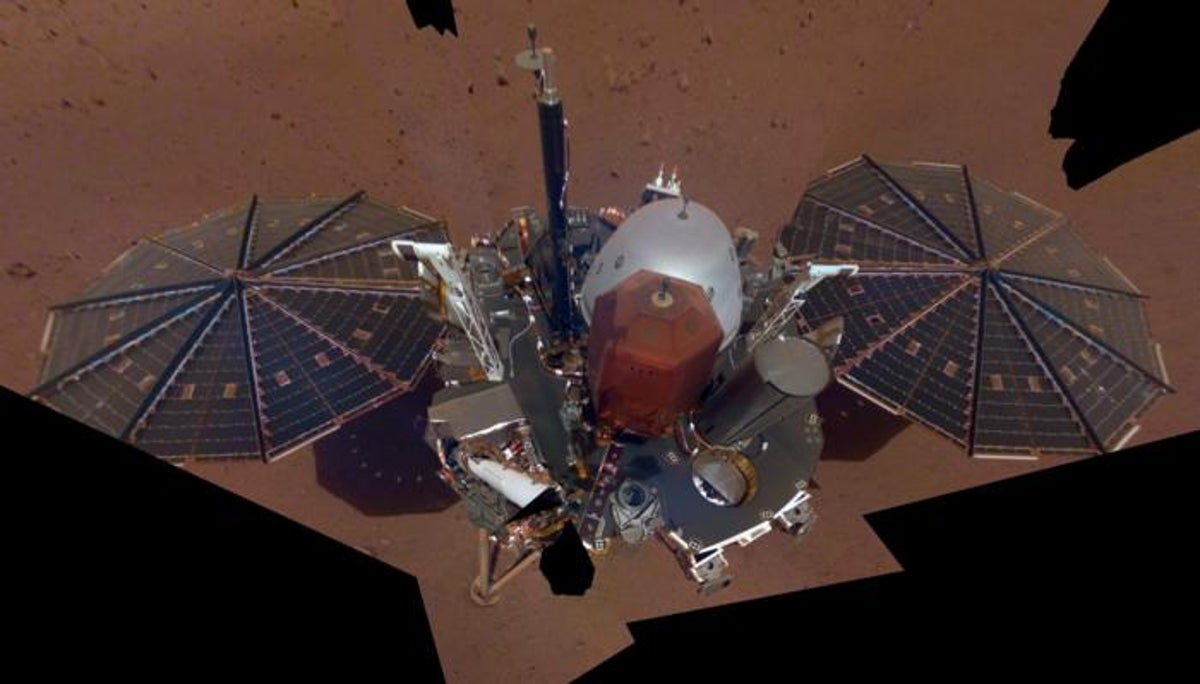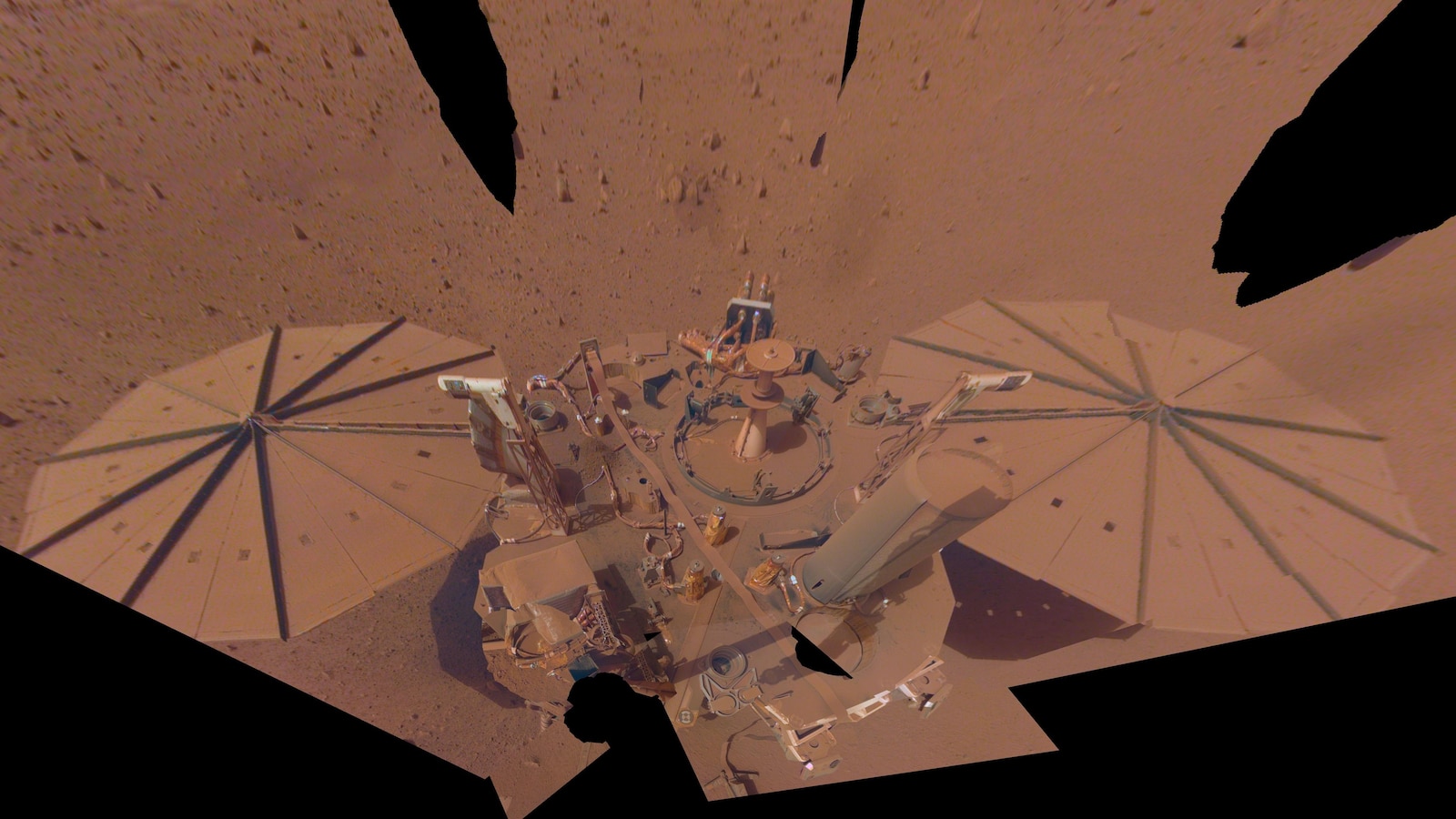Liquid Water Under the Martian Surface Could Potentially Sustain Life
Groundbreaking new evidence points to the possible presence of vast lakes of liquid water deep beneath the Martian surface, providing a potential habitat for extraterrestrial life.
Hidden Reservoirs
Data from NASA’s InSight lander has revealed tiny cracks and pores within rocks near Mars’ center, located approximately 11 to 20 kilometers below the surface. These spaces could potentially store liquid water, suggesting that the planet may harbor hidden reservoirs.
Volume and Habitability
Researchers estimate that the volume of these underground aquifers could cover the entire Martian surface to a depth of 1-2 kilometers. While the water may not be easily accessible for extraction as an energy source, it presents a promising target for astrobiologists seeking life beyond Earth.
Clues from Earth
On Earth, deep mines and ocean floors often harbor life, despite the extreme conditions. This suggests that the Martian underground reservoirs could provide a habitable environment for microorganisms.
Simulating the Martian Crust
Scientists utilized InSight lander data to simulate the physical properties of Martian rocks. By modeling the seismic data, they determined that the most likely explanation for the observed signals is a deep layer of fractured igneous rocks saturated with liquid water.
Ancient Water on Mars
Previous research has indicated that liquid water once flowed on the Martian surface, evidenced by fossil river channels, deltas, and lake deposits. However, it remained unknown what happened to this water as Mars lost its atmosphere.
Where the Water Went
The latest study suggests that the Martian water may not have escaped entirely into space. Instead, it may have infiltrated the Martian crust, creating the underground reservoirs now detected by InSight.
Implications for Future Exploration
This discovery could significantly influence future Mars missions, guiding scientists towards potential habitats for life and providing insights into the planet’s climate history.
Conclusion
The presence of liquid water beneath Mars’ surface opens up exciting possibilities for astrobiology and the search for life beyond Earth. By exploring these hidden reservoirs, future missions may unravel the mysteries of Mars’ past and shed light on the potential for extraterrestrial life.



